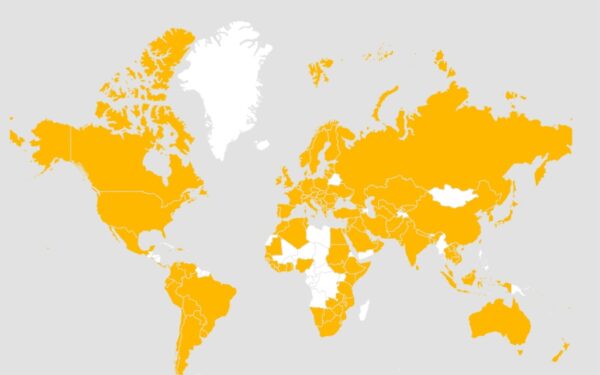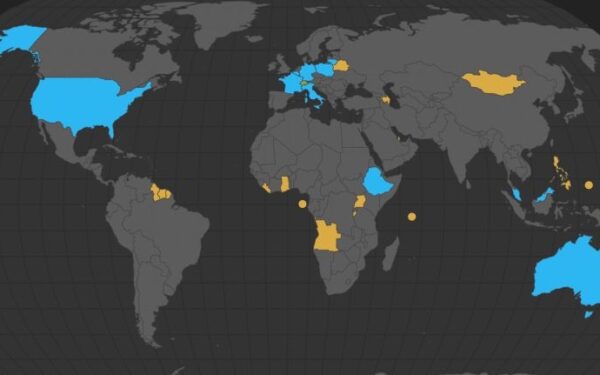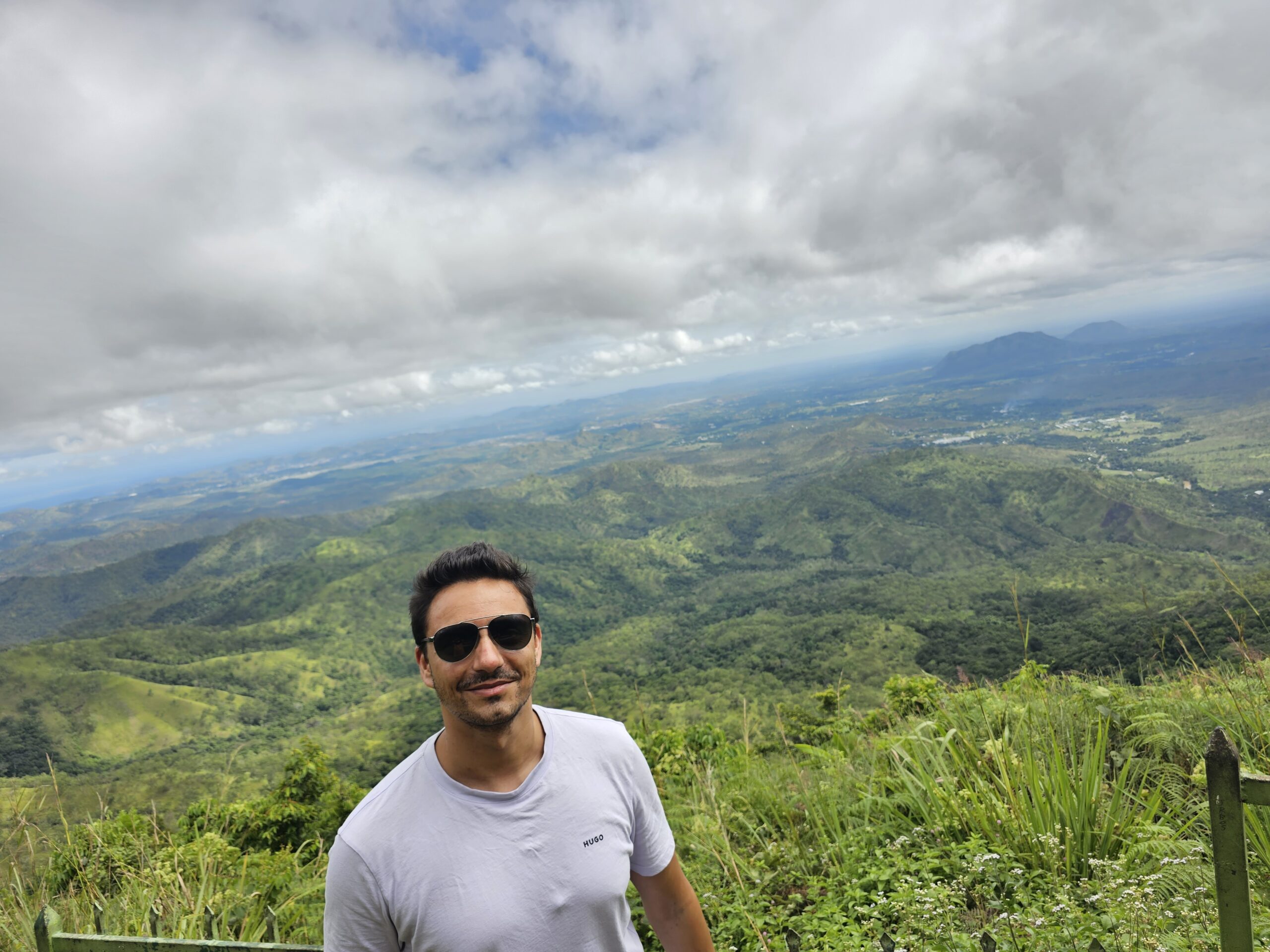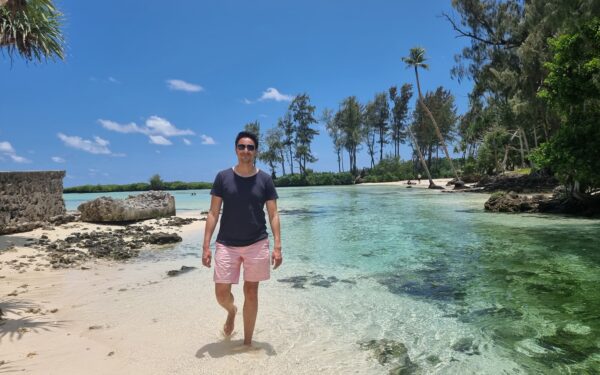Travel report: Fiji
Date of visit: December 2019
Australia and New Zealand are probably the first countries that come to people’s mind, when they think of Oceania. However, the continent consists of a total of 14 countries. All other countries in Oceania, except Papua New Guinea, are tiny island states in the middle of nowhere, often thousands of kilometers apart from each other. And let me tell you something: planning an island hopping in this part of the world is a nightmare.
Many of these countries have only three to four flights a week, and these flights are anything but cheap. The truth is that I can’t remember any trip that gave me so many frustrating moments during the planning like this one. I remember countless hours of trying different flight routes. To my dismay, it was often that one flight (respectively one non-existent flight between two places) ruined the itinerary.
But the good news is: Fiji is your friend when it comes to island hopping in the South Pacific. Fiji has flights to all but one or two of these micro-states and has a better location than the two alternatives New Zealand and Australia. And most importantly, there are direct flights from Singapore, Hong Kong, Tokyo, Los Angeles and San Francisco to Fiji. That means you don’t have to travel back to Australia or New Zealand for the flight back home.
Sometimes you have to fly back from one country to Fiji and then fly on to the next country. But sometimes this is still the much cheaper option than flying directly (or not at all if there is no direct flight). For this reason it is not surprising that we landed in Fiji a total of four times during this trip.
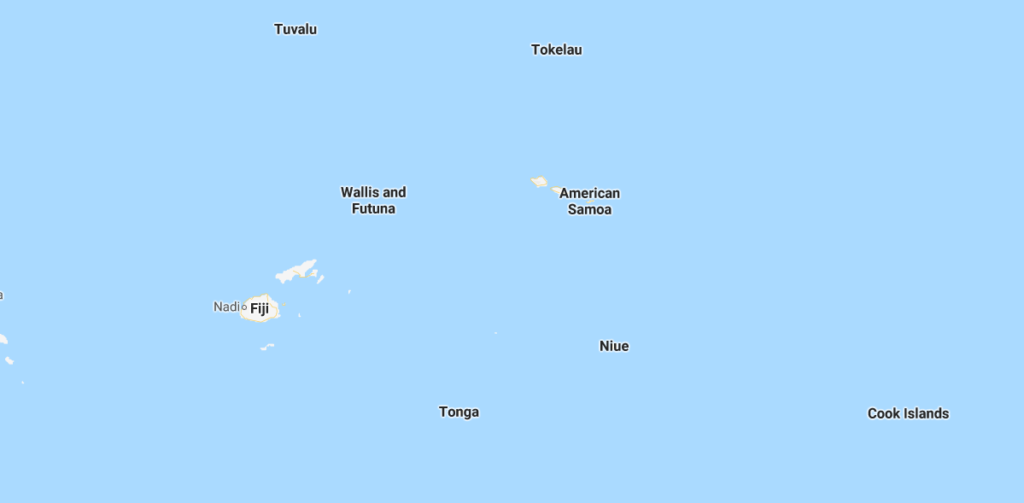
On this first trip to the South Pacific, we planned to spend three days in Fiji (one in the beginning, two in the end), two days in Tonga, six days in Samoa, one day in American Samoa and two days in Tuvalu. To be honest, that was not an ideal itinerary. Two days in Tonga seemed to be very short and six days in Samoa too long. But this was still the best option we had. The poor flight schedule between these countries simply didn’t offer us something better.
Finding suitable flight connections is only the first challenge. The flights must then actually depart as planned. The South Pacific is notorious for its flight cancellations. Sometimes because of bad weather conditions, sometimes because of too few passengers and sometimes for other reasons. The flight routes between these islands are in most cases not the most profitable, so that small events are reason enough for the airline to cancel the flight.
If a flight is actually canceled, it is sometimes not so easy to find an alternative. Sometimes the next flight doesn’t leave for a few days and if you are unlucky, this flight and the next flight are already booked out. In the absolute worst case you are trapped on an island for days or even weeks until you can leave again.
In the end, we were also affected by flight cancellations and other problems. That meant that we couldn’t do the itinerary as planned. We missed one of the islands (American Samoa), spent one day less in Tonga, two less in Fiji and three more in Tuvalu.
The beginning of our South Pacific journey was not surprisingly Fiji, which became my first country in Oceania. When Kati and I landed in Fiji the first time, the world still seemed to be okay. The problems started later during the trip…
One afternoon in Viti Levu
Our 10-hour flight from Singapore landed at 12.10 in Nadi, Fiji’s main tourist hub. Our next flight to New Zealand would be leaving at 7 PM already, so we had a seven-hour layover. This seemed to be enough to leave the airport.
The original plan was to visit the Garden of the Sleeping Giant, a kind of botanical garden with beautiful landscapes about 20 minutes from the airport. But the day before departure we found out that the garden is closed on Sundays from 12 o’clock on.
Plan b was to visit a beach near the airport and stay there for a while (didn’t sound like the worst option between two long flights). According to Google Maps, there were some beaches near the airport, so in the end it was just a matter of choosing the best one.
“This is the best beach nearby and it’s only 40 minutes away,” said the woman at the tourist office in the arrival hall. A little incredulous I looked at Google Maps, which said it’s 70 minutes. The woman offered us a taxi for 200 Fiji dollars (about 88 USD) to take us there and back. “Is there enough time?” I asked. “After all, Google Maps says it’s a 70-minute drive.” – “No, it’s only 40 minutes. Today is Sunday and there is no traffic.”
It didn’t sound very convincing to me, but we agreed. After about 15 minutes, we sat in the taxi and were on our way to Natadola Beach. It quickly became clear that Google Maps would probably be right despite the lack of traffic.
At least Viti Levu, Fiji’s main island, rewarded us with nice scenery. Instead of golden beaches and turquoise blue water we saw lush-green hills, meadows and trees. The island looked beautiful, although it actually has the reputation of being Fiji’s least attractive island.
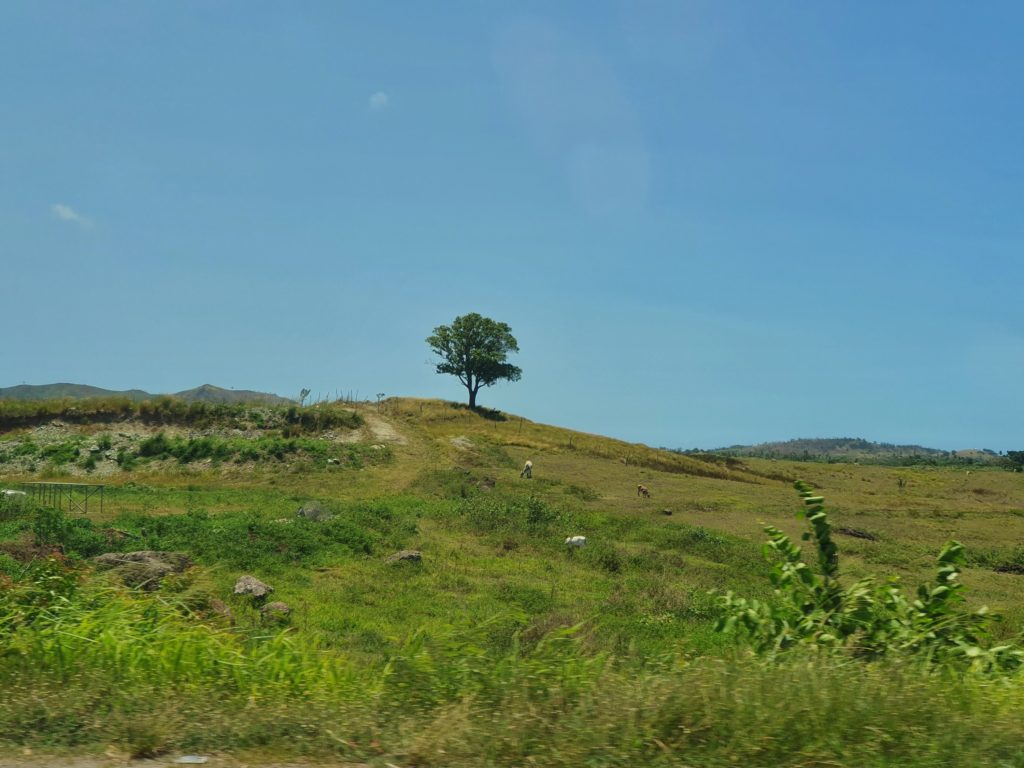
After about 75 minutes in the car including witnessing a car crash, which our driver commented with an unemotional “he is dead”, we arrived at Natadola Beach. The driver dropped us off at a parking lot and said that he would return in two hours.
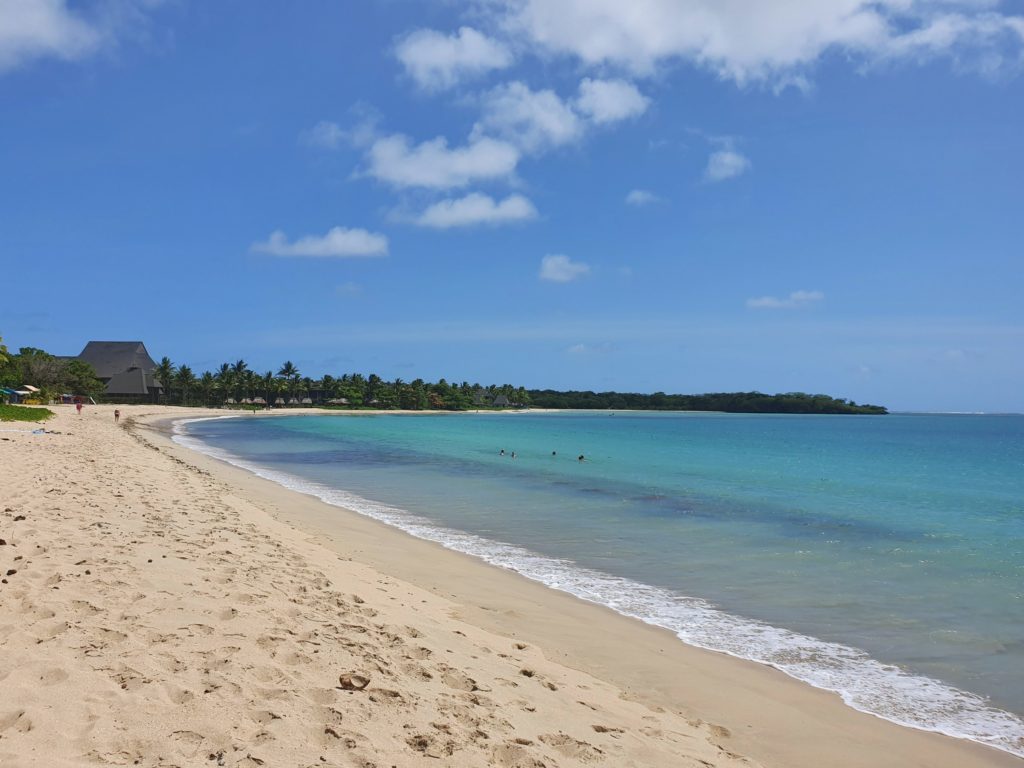
We soon realized that visiting a beach between two flights might sound better than it actually is. In any case, such an activity involves a few challenges. First, we did not have swimming trunks with us, as we wanted to avoid changing and transporting wet clothes. With 33 degrees and an extremely high humidity, this would probably have been a good idea, though.
Second, we also had our shoes on, which filled up with sand with every step. Walking barefoot and then flying on with sandy feet in socks and shoes still sounded like the worse option.
Furthermore, we had actually expected that the taxi driver would drop us at a restaurant. He said that there was a restaurant a little further down the beach, but at that time we didn’t understand that this included a half-hour walk on the beach in the burning heat.
Anyway, during this time we could at least have a look at the beach and it was indeed incredibly beautiful. Besides, there were practically no other people there.

Maybe it was even the most beautiful beach we have seen in these two weeks in the South Pacific. In general, I did not find the beaches in the visited countries as outstanding as one would expect. Having seen four island nations in the South Pacific and two in the Caribbean, my score is currently 1-0 for the Caribbean. But that may change when I visit the other countries.
I wish I could tell a more exciting story, but our visit to the beach ended shortly afterwards. We still managed to have a drink in the restaurant, but right after that we were already on the way to our taxi.
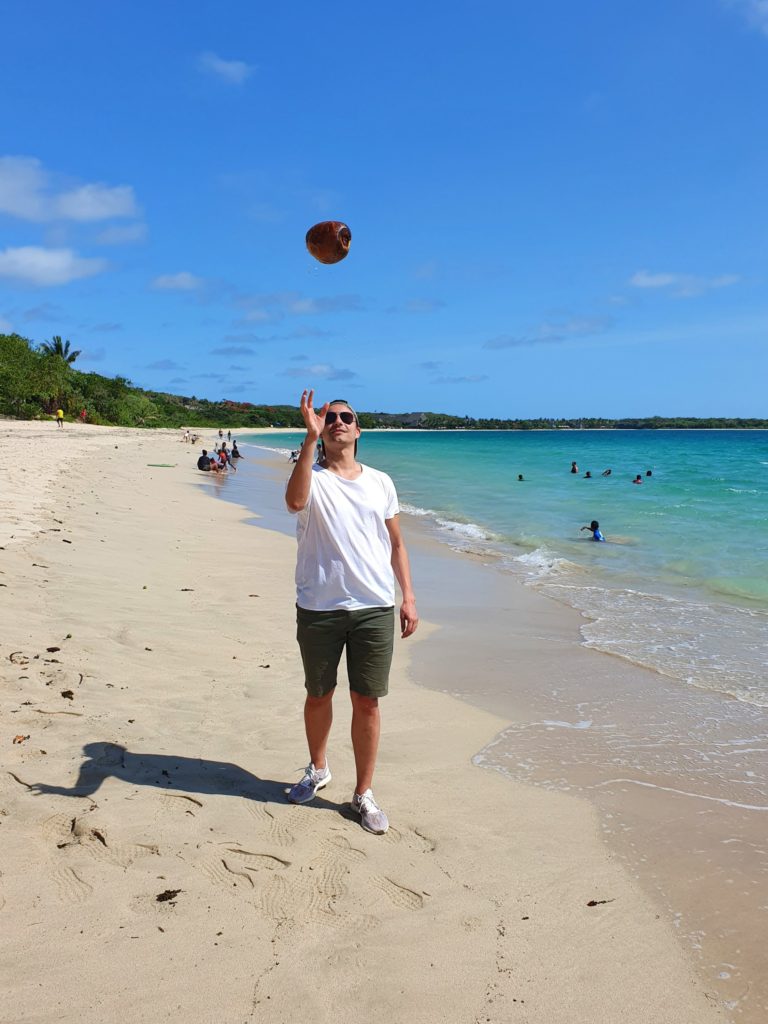
During this layover, we were about 2.5 hours in the car and 2 hours on the beach. Was it worth it? Hard to say but probably yes. At least, if I consider the other options we had. We did not want to spend the time at the airport. And although we might have had more time at the other beaches, they probably would not have been so beautiful.
There was no Fiji part II
In hindsight, it was still the best decision that we used the seven hours to see a little bit of Viti Levu. Otherwise, especially if we had stay at the airport, this country visit would not have been valid! Because this layover remained our only activity in the country.
The plan was that we would be in Fiji three more times. The second visit was an airport transit only between Tonga and Samoa. The third visit was also a transit, but at least we spent one night near the airport in Fiji’s capital Suva. The fourth visit should have become the longest, though. There we would have had another two days in Fiji. But this did not happen anymore.
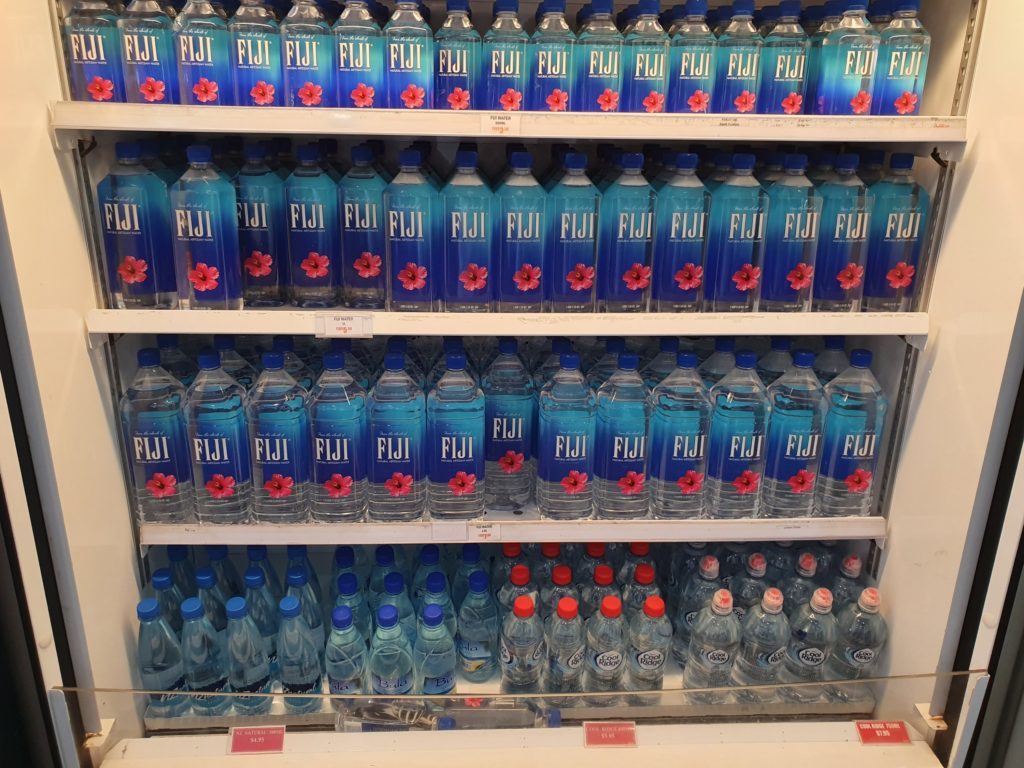
I wrote in the introduction that the South Pacific is a very difficult region to travel in terms of transport. One week after we left Fiji the first time, a cyclone damaged parts of the country. This storm interrupted air traffic throughout the country (and the whole region) for two days. “Fortunately, this is happening now and not when we come back,” I said then.
At that time, I did not know that the next cyclone would come only three weeks later. And that turned the rest of our trip completely upside down (I will report about it in detail in the Tuvalu travel report). Anyway, our third visit, during which we actually wanted to make a day trip to another Fiji island, became a transit as well. We arrived in Nadi at 7 PM, spent the night in a hotel next to the airport and left again early the next morning.
Fiji as a travel destination
Although we ended up spending less time in Fiji than in any other South Pacific country on this trip, I can still share my impressions of Fiji as a travel destination.
Fiji is not only the most touristy country of the small island nations in the South Pacific, the country also seems to be one or two decades ahead of countries such as Samoa or Tonga when it comes to tourism. There are numerous hotels, many tour operators and the country is relatively cheap, although I did not notice a big difference to Tonga and Samoa in terms of prices. For these reasons, Fiji is certainly the easiest country to visit in this region.
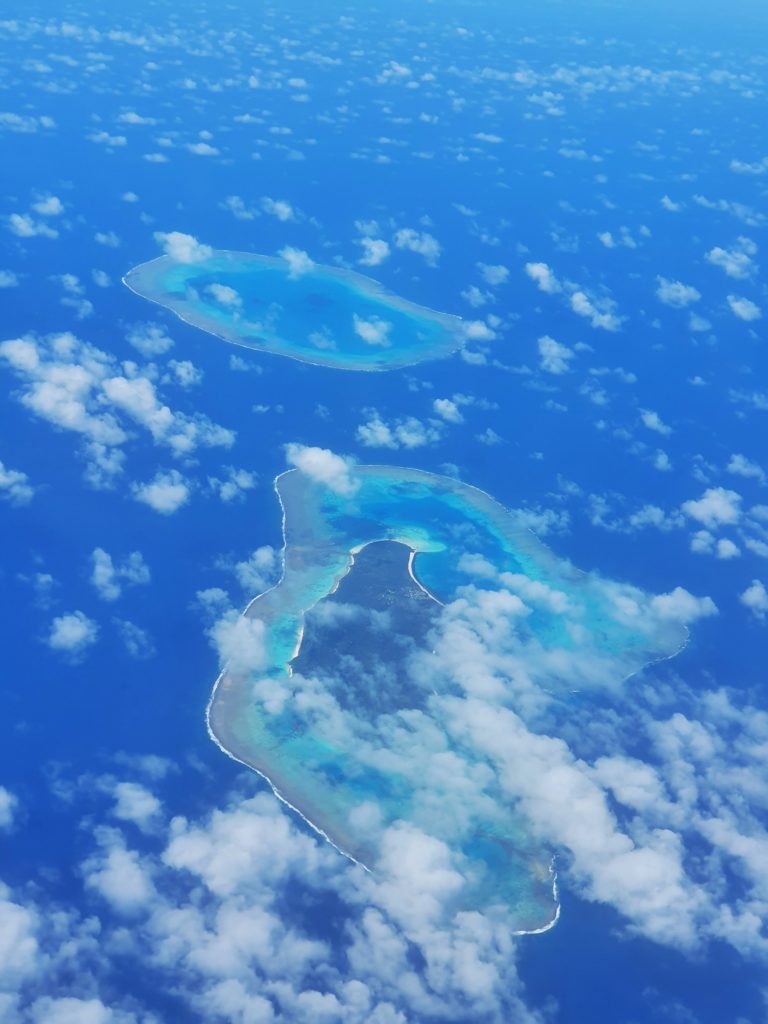
Whether Fiji is worth a trip is still difficult to judge after our short stay. But I guess it is a cool destination. What I saw on the island was very beautiful and the real highlight of the country are the smaller islands anyway. Since I still have to return to Fiji in order to travel to the other countries in the South Pacific, my grief about the short stay is limited. I will see more of the country in the future.
However, I have to say that the South Pacific is not my favorite travel region in the world. All in all, we spent more than 2 weeks in four different countries. This was too long and got monotone at some point. But there are still 7 countries left to visit in this part of the world.
I do not intend to reserve another 3 weeks for all these 7 countries. But as I said, the South Pacific is a nightmare in terms of logistics. Besides, it is worthwhile to add a few more days because of the flight cancellations. So in the end, I might spend a few more weeks in this region anyway.
